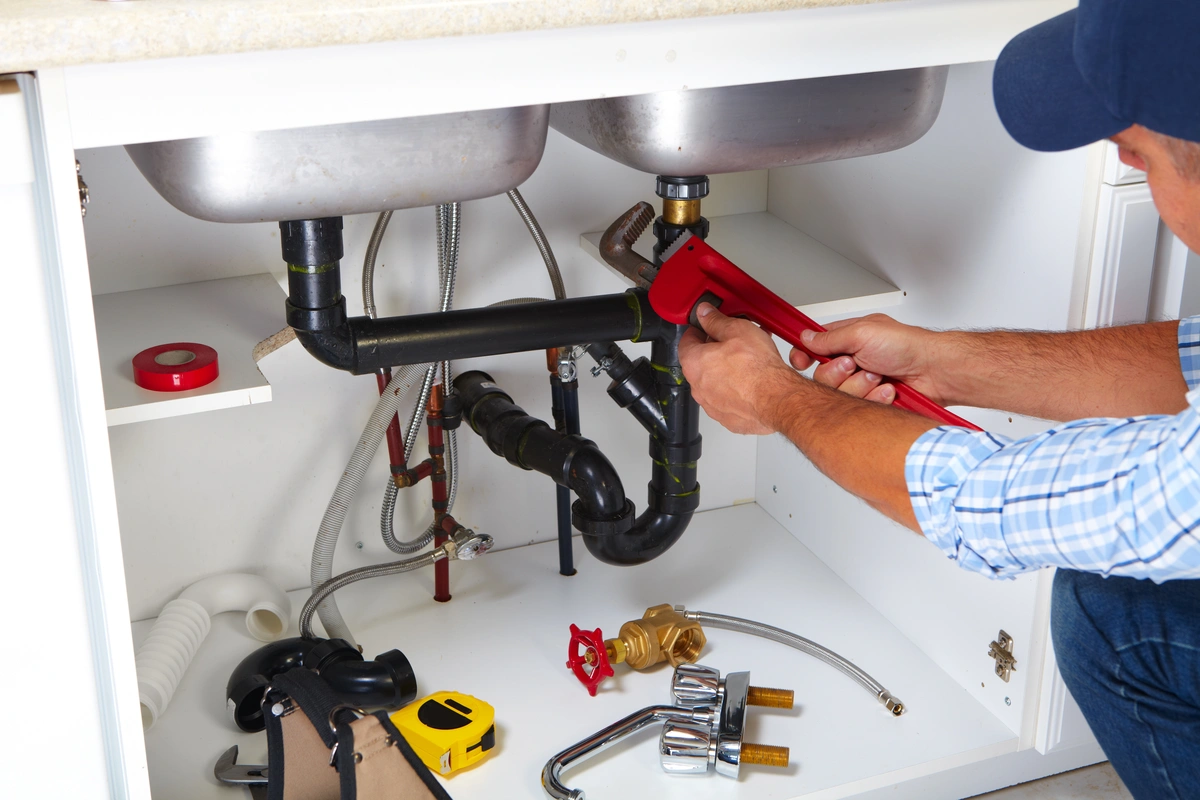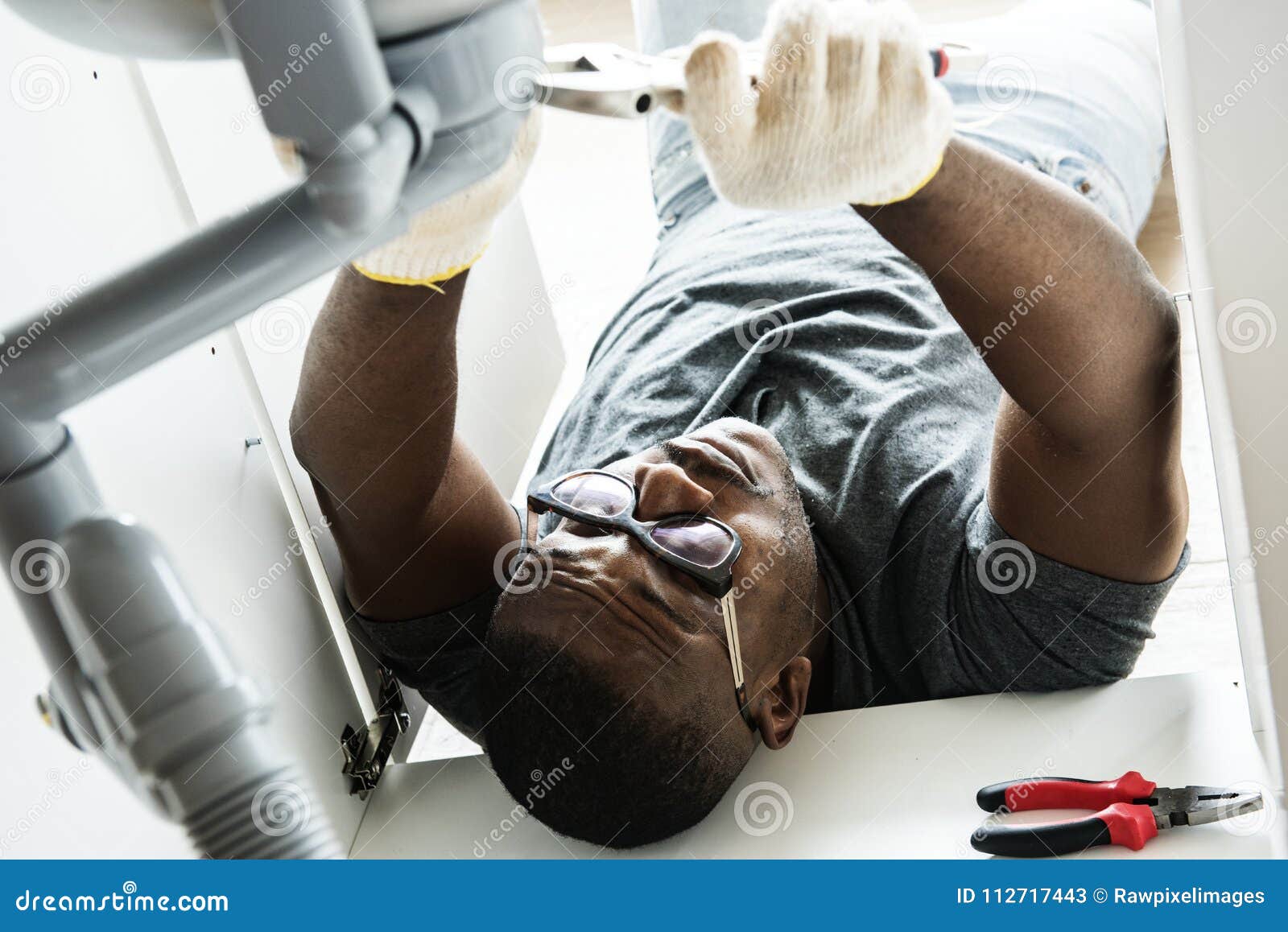Budget-friendly Plumbing Services Alabaster AL for each Budget
Budget-friendly Plumbing Services Alabaster AL for each Budget
Blog Article
A Step-by-Step Overview to Effective Hot Water Heater Installment for Ideal Efficiency
Beginning on the job of installing a water heating unit is a venture that demands precision and an organized strategy for accomplishing ideal performance. As you proceed, the complexities of connecting water supply lines and establishing up dependable electrical or gas connections await, encouraging understandings right into guaranteeing effectiveness and dependability.
Selecting the Right Water Heating Unit

Next, take into consideration the size and capability of the water heating unit. It's important to evaluate your home's warm water demands, which can vary based upon the number of owners and their usage patterns. An unit that's also small might bring about inadequate hot water, while a large model could lead to unnecessary power intake.
Effectiveness scores additionally play a critical duty in choice. Search for hot water heater with high Energy Factor (EF) rankings, suggesting superior performance and decreased energy usage. Tankless versions, though commonly a lot more costly in advance, offer substantial power savings gradually due to their on-demand home heating abilities.
Preparing the Installment Area
Prior to mounting a new water heating unit, meticulous prep work of the installation area is essential. It's important to gauge the area meticulously to fit the water heater's measurements, making sure appropriate clearance around the system for effective operation and maintenance.
Following, eliminate any type of debris, dust, or blockages from the site to develop a tidy setting. Check the flooring for stability, as the water heating unit will require a strong, level surface to operate successfully. If needed, mount a drip frying pan beneath the system to capture potential leakages or spills, protecting against water damage to the surrounding area. In areas prone to seismic task, think about mounting seismic bands to safeguard the heating system firmly in position.
Furthermore, make sure that all necessary tools and materials are on hand prior to beginning the installation. This consists of things such as wrenches, screwdrivers, a degree, and any type of additional equipment required for placing and securing the heater. A well-prepared setup area sets the structure for an effective water heater setup, maximizing performance and safety.
Connecting Water System Lines
When linking supply of water lines to your newly mounted water heater, it is important to make certain that all connections are safe and leak-free to preserve efficient operation and protect against water damages. Begin by determining the cold and warm water system lines. The cold water inlet is generally noted with a blue label or a "C", while the hot water electrical outlet is marked with a red tag or an "H".
Use adaptable water heater connectors to promote a less complicated installation procedure. These adapters can absorb resonance and enable small movement, decreasing the risk of leakages. Prior to affixing the adapters, place a plumbing's tape more tips here around the threaded ends of the hot water heater's inlet and outlet pipelines - Drain Cleaning Alabaster AL. This tape functions as a sealer, preventing leakages. Very carefully attach the versatile tubes to the corresponding inlet and outlet, ensuring that they are limited yet not over-tightened, which could damage the strings.
When links remain in location, gradually activate the major water system valve. Check each link for leakages by visually checking and really feeling for dampness. Tighten up connections as necessary, and ensure the pressure safety valve is properly mounted, guarding against excessive pressure accumulation.
Establishing Up Electric or Gas Links
Correctly setting up the electrical or gas links for your water heater is an essential step to make certain reliable and risk-free procedure. For electric water heating units, start by validating that the electric circuit is compatible with the heating unit's voltage and amperage demands.
For gas water heaters, security is critical. Verify that the gas supply is off before continuing. Connect the gas line to the hot water heater utilizing an adaptable gas adapter, ensuring it is correctly threaded and sealed with pipe joint substance or Teflon tape ideal for gas connections. Tighten up the connections with a wrench, making sure not to over-tighten (Plumbing Alabaster AL).
Once links are made, inspect for any kind of prospective leakages. For gas lines, use a soapy water solution to the joints; bubbles suggest a leakage. For electrical connections, verify that all wiring is safe and secure and effectively insulated, maintaining conformity with local electric codes.
Readjusting and checking for Performance
With the electrical and gas links firmly in place, the next step is examining the operational performance of your water heater. Begin by thoroughly turning on the water supply and making certain there are no leaks at any of the valves or joints.
Next, execute a comprehensive examination to ensure the heating aspects or gas burners are functioning properly. For electric heating systems, use a multimeter to validate if the elements are attracting the proper present. In gas models, observe the burner fire; it needs to be blue and consistent, showing effective burning.
Readjust the settings as necessary to get rid of ineffectiveness. Take into consideration executing insulation steps, such as including a water heating system covering, to even more enhance performance by decreasing warmth loss. In addition, examine the anode rod's problem, as website here a worn-out rod can decrease efficiency and bring about storage tank corrosion.
Final Thought
Reliable water heating unit installation is important for making sure optimal efficiency and power savings. By picking the ideal kind and size, and carefully preparing the installation area, a structure for success is developed. Securely connecting supply of water lines and meticulously establishing electric or gas connections lessen possible problems. Extensive screening for leaks and precise thermostat modifications to 120 ° F boost integrity and performance. Complying with these steps promotes long-term performance and energy conservation in residential water furnace.

Correctly establishing up the electric or gas links for your water heating system is a critical step to make sure reliable and secure procedure. For electric water heating systems, begin by validating that the electric circuit is suitable with the heating system's voltage and amperage needs. Link the gas line to the water heating unit using a flexible gas adapter, guaranteeing it is correctly threaded and sealed with pipe joint compound or Teflon tape ideal for gas click this link connections.
Report this page